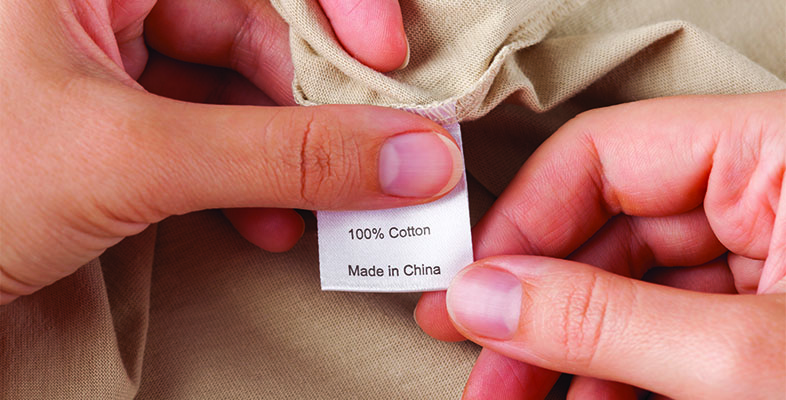1.3 Vertical integration
Although it is possible to separate out different parts of the supply chain each involving different firms, it is also possible that one firm might have a role at more than one stage of production.
Case study: Marks and Spencer and Zara
Marks and Spencer or Zara are examples of two retailers from whom we might buy a cotton t-shirt so we can say that these are two firms involved in the retail stage of production. However, the relationship each has with the earlier stages of the supply chain differs.
Activity 5
Read the following and reflect on the level of vertical integration in the two retailers Marks and Spencer and Zara. Zara forms part of the Inditex fashion group.
Cotton is very important to M&S. Within our Clothing & Home business it is the largest raw material and on average we use around 50,000 tonnes of lint cotton each year. Our cotton fibre mainly comes from India, China, Pakistan, Turkey, Brazil, USA, Africa and Australia and our supply chain is complex. We don’t own farms or factories and don’t purchase raw materials directly. Most of the raw materials that go into our products are sourced in a global market and cotton is no exception.
Our sustainable business model is characterised by a high degree of integration of all phases of the fashion process: design, supply, product and manufacturing quality control, logistics and retail through our 7,475 stores worldwide and in 47 online markets.
Discussion
As a clothing retailer Marks and Spencer are positioned towards the end of the supply chain. They are not involved in the manufacturing process, preferring not to vertically integrate their firm with the earlier stages of production. As M&S report on their website, the firm does not directly own any farms or any of the factories that produce the cotton fabric used in products available in their stores. Instead they use other firms in the supply chain who produce intermediate goods such as raw cotton fibre and fabric, or cut and sew the garments to produce the final good sold by M&S.
In contrast, Zara, also a household name in clothing retail, claim to be involved in many stages of production from design through to retail and hence can be said to be vertically integrated. As well as employing in-house designers they prefer to locate their production close to their headquarters, even owning some of their factories.
The following sections will look at the ‘life’, or supply chain, of a t-shirt in more detail. Who are the producers at each stage of production? Where are these firms located and who benefits?
